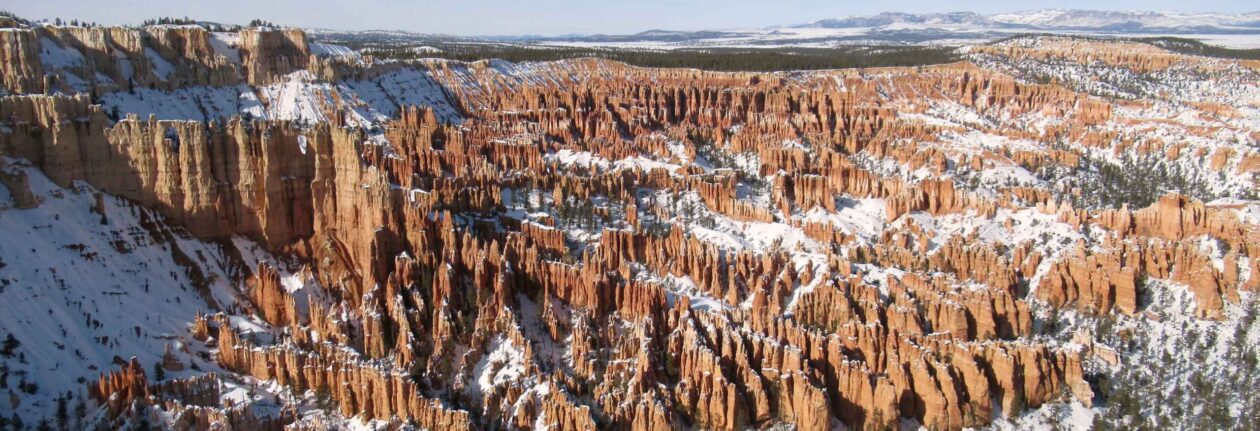Aurangabad, India
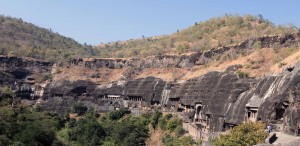
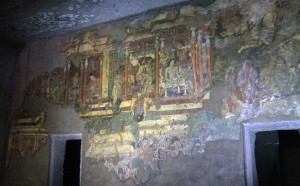
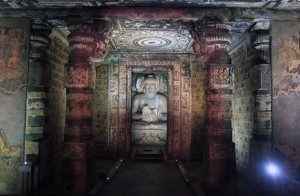
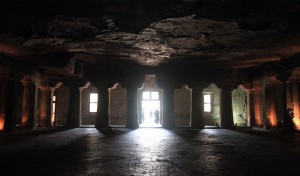
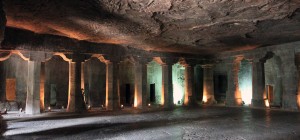
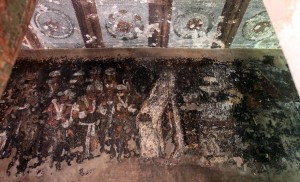
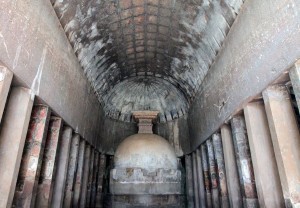
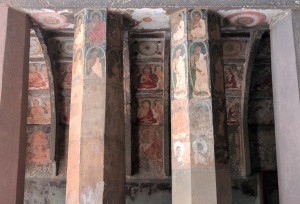
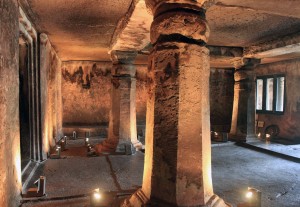
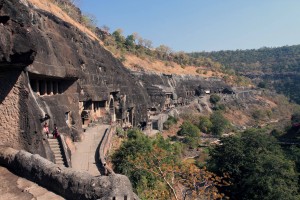
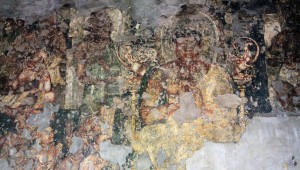
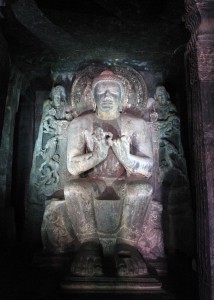
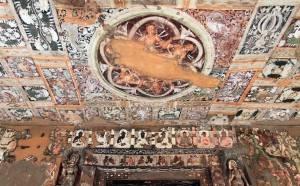
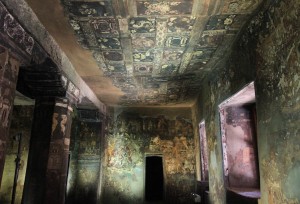
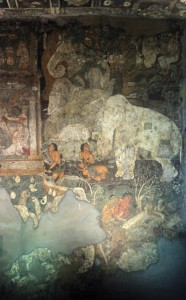
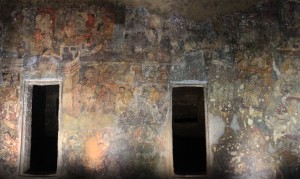
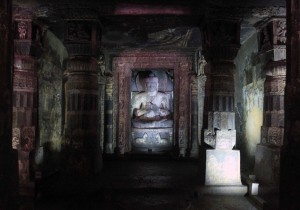
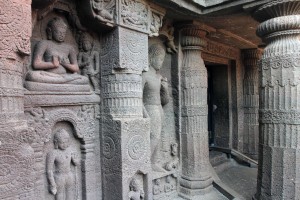
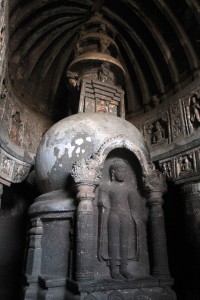
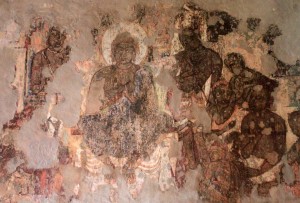
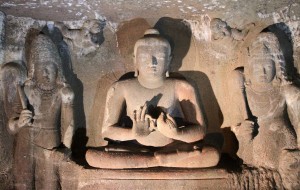
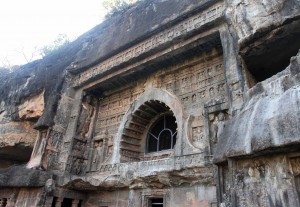
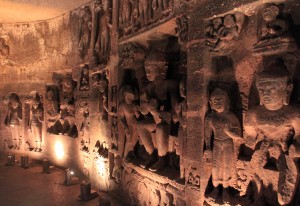
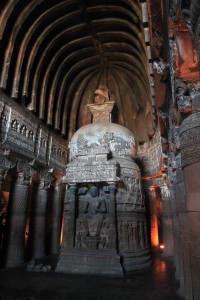
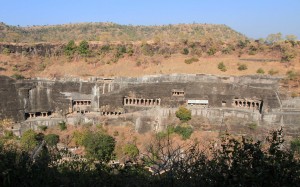

I slept in a little today, but finally got up after 09:00. I got ready and first walked to the Railway Station, where I purchased my follow-on tickets to Manmad Junction and then to Hubli Junction (with the idea of catching a bus to Badami from Hubli), and, for my last leg in India, from Hospet to Goa (this time I opted for first class for each train since I am tired of being crowded by others and not having any breathing room). After purchasing my train tickets, I walked to the Central Bus Station in Aurangabad (I’m tired of dealing with auto rickshaw drivers who always charge foreigners more, so I’ll walk when able); from there, I took the bus to the Ajanta Caves (I had the visit these caves today since – according to the internet – they are closed tomorrow (i.e. on Mondays)). The bus ride lasted over two hours and I reached the entrance to the Ajanta Caves after noon; after paying a ten rupee fee to the local government (they have to make money some how, I guess) in order to enter the park area , I walked through a small collection of food and souvenir stalls to the bus that takes visitors to the caves (four kilometers away) and then, after the bus arrived at the caves, I bought the ticket to enter the actual caves. The Ajanta Caves is a collection of thirty rock-cut (using simple tools like hammers and chisels) caves (not all of them are open to the public) that have been excavated in a panoramic, horseshoe-shaped gorge of the Waghora River; these caves belong to two distinct phases of Buddhism – the earlier Hinayana phase (from the second-century BC to the first-century AD) and the later Mahayana phase (from the fifth-century AD to the sixth-century AD) -; these caves are comprised of Chaitya halls or shrines, and Viharas or monasteries; they also contain many excellent paintings inside which depict episodes from the life of Buddha and scenes from the Jataka tales (which relate to the Buddha’s previous incarnations as a Bodhisattva); the historic caves were later discovered in the nineteenth-century AD by some British officers who had been on a tiger hunt. I started touring the caves with Cave No. 1 (a Mahayana monastery) and continued along the horseshoe-shaped gorge, touring all the caves open to the public – the last one being Cave No. 26. Inside each were many impressive sculptures and some surprisingly well preserved frescoes on the walls, columns, and ceilings of some of the caves. At the last cave, many school children and other Indians wanted to take pictures with me (a Western guy or gal is a minor celebrity in this part of the world); so I spent about the next ten minutes posing with Indians; one young boy on a school field trip called me Modi – on account of my current level of facial hair – and his teacher promptly smacked him on the back to discipline him . . . heh . . . uh . . . um . . . different cultures, different customs? Well, fifty years ago in the United States, smacking children was common place, so who am I to judge? After exploring all the open caves and taking many photos with the Indian tourists, I walked down to the Waghora River and crossed to the other side; from there, I walked up many steps to a pavilion located high on the edge of the cliff and took in the panoramic view of the Ajanta Caves. Then I walked back to the other side of the river and exited the caves area, took the bus back to the entrance, and, from there, waited by the main road for a bus to come take me back to Aurangabad; when a bus did come, it could only take me and the other Aurangabad-bound passengers to a bus station along the way (it ran a different route then the one I took to get here); so at that station, some of the other passengers and I switched buses and then traveled all the way back to Aurangabad – taking about two and a half hours to reach the Central Bus Station there. Once back in Aurangabad, I walked back toward my hotel, stopped at a convenience store for snacks, took the wrong road several times, stopped to buy a bottle of India-produced wine, and finally found my hotel; I then went up to my room, purchased airline tickets for the next three legs of my travels, and had dinner (curry potatoes, vegetable biryani, and a flat bread with a cream cheese dip – overall, very tasty; to be honest, I didn’t care for Indian food based on the few times I had eaten it in restaurants back in the States, but after having Indian food several times in India, I really do like some of their dishes and I look forward to trying more of their culinary triumphs). After dinner, I tried the bottle of India-produced Shiraz, which tasted very tart, a bit too sweet, and with notes of raspberry and other red fruits; not worth drinking and I would never buy that brand again. After my meal and bottle of wine, I went to sleep.
